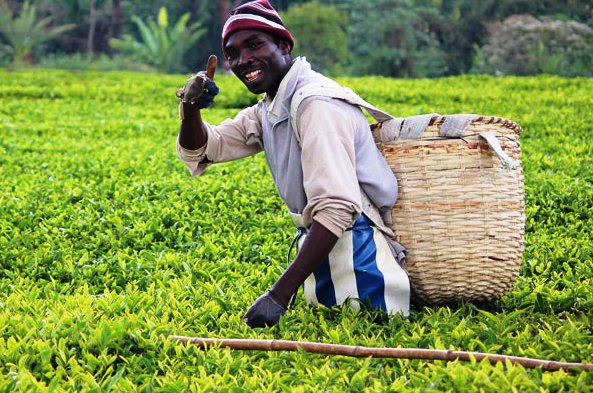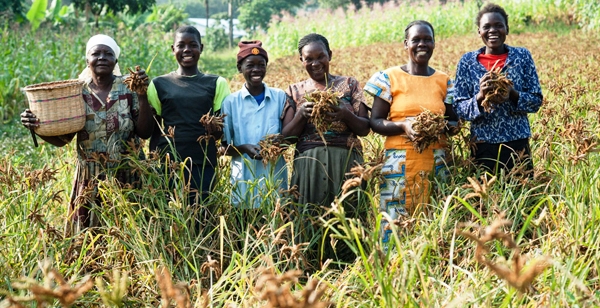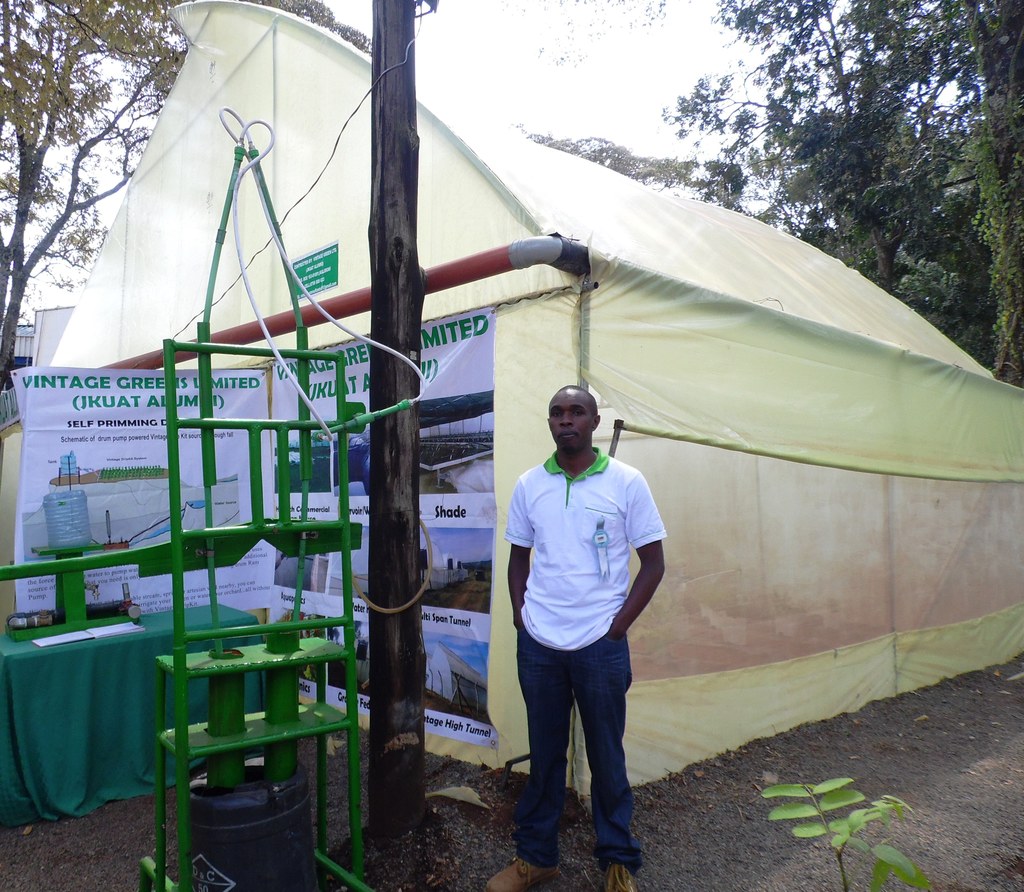
PHOTO: A farmer enjoys plucking tea. Marketing companies are flavouring tea to increase its acceptability among the youth, to increase consumption. PHOTO BY JUSTEA.
The slowing consumption of tea leading to losses to farmers has been countered by blending and packaging companies through value addition strategy of increasing the market base for the cash crop, which is also Kenya’s highest foreign currency earner.
Gold Crown Beverages Limited has introduced 11 flavoured varieties targeting the local youth and branded them ‘attitude teas’.
They include Rose Tea, Chocolate Tea, Hangover Tea, Green Tea Lemon, Green Tea Passion and Jasmine, Love Tea, Cardomon Tea, Vanilla Tea, Passion and Lime Tea, Pineapple and Mango Tea.
Data from Kenya Tea Development Agency show the country earned Sh202million from January to June, from export against Sh231million the same period the previous year.
READ ALSO: International market paying ten times more for purple tea
The low demand in the international markets was linked to the dropping petroleum price in large consumer states such as Russia, Kazakhstan and Iran.
Competition from other cheap producers like Sri-Lanka is also causing decrease in consumption of Kenyan tea, hence the turn into the less ventured youthful market.
The company Managing Director Fahim Ahamed expressed optimism that the products would pull more youth into consuming tea, and increase the sales.
"With these products, we have not only filled the gap in the market by bringing young people on board but also added human face to the tea drinking experience by combining the power of colour, taste and rich aroma to bring a feel good moment in a cup of tea,” he said.
READ ALSO: JusTea assist tea farmers increase earnings by 20 percent
The strategy is applied to increase the sales of other products for example yoghurt, which has fruit flavours such as banana, strawberry, vanilla, pineapple, among others. Appealing to the youth, who are more than 70 per cent of Kenya’s 44million population, may gradually give impressive results that would translate to consumption of more tea locally.
Write comment (0 Comments)
















